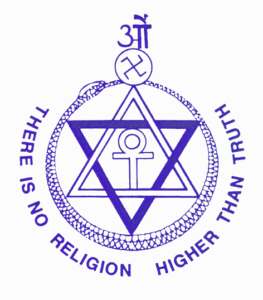For this essay, I’m going to look more closely at some of the occult theories associated with Theosophy – and in particular, the contributions of Charles Webster Leadbeater and to a lesser extent Annie Besant, as it is the collaborative work of these two individuals that did much to popularise the beliefs of the Theosophical Society, yet at the same time, introduced ideas which were at variance from those of Blavatsky – differences of doctrine – sometimes described as “Neo-Theosophy” or “Pseudo-Theosophy” – which are still being discussed by contemporary Theosophists. Furthermore, it is in the works of Leadbeater such as The Astral Plane, The Inner Life, Man Visible and Invisible, and The Chakras, that we can find the basis of much contemporary occult thought, although the Theosophical sources are, more often than not, unacknowledged. Continue reading »

